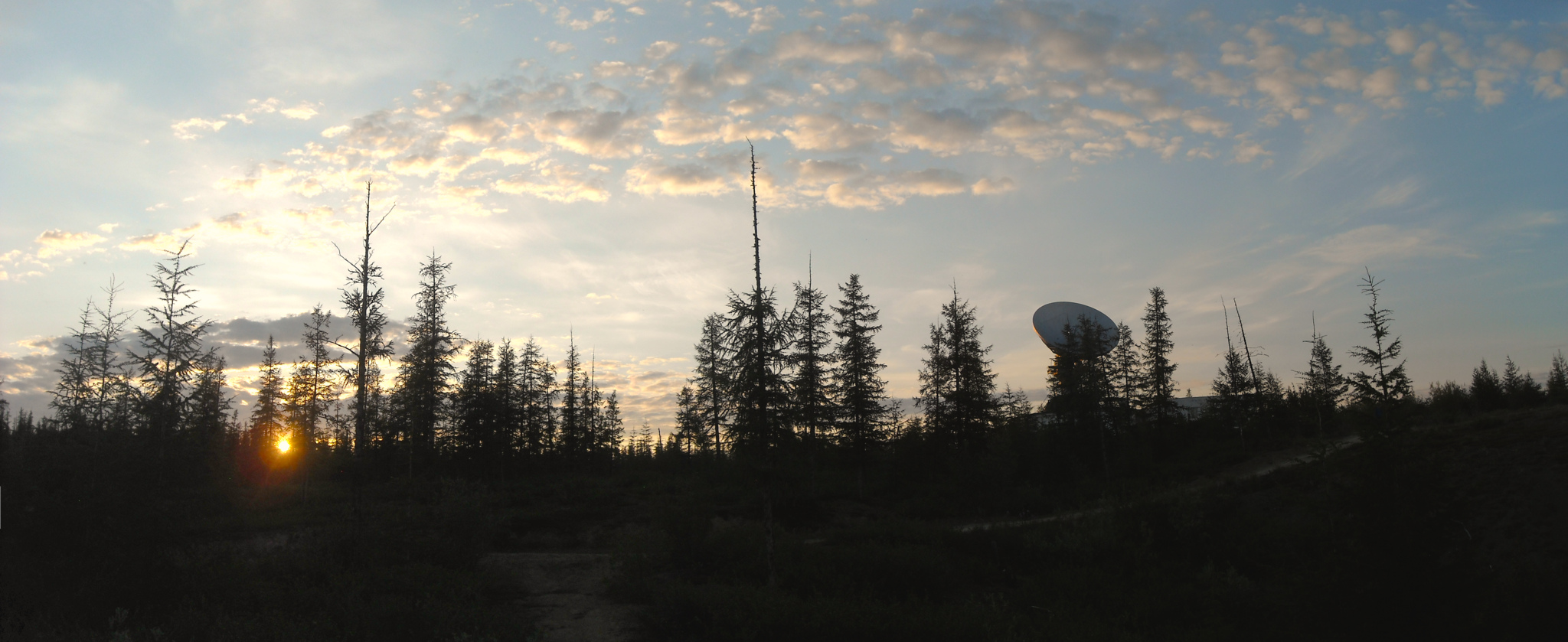CHERSKIY, Russia— Scientists have for decades considered streams and rivers little more than pipes delivering nutrients and carbon from the soil in watersheds out to sea. But new findings are forcing researchers to consider whether streams might themselves have a global impact on climate—and they're hitting the water here to find out.
For example, a team led by Yale researcher Peter Raymond two years ago suggested that US waterways are emitting roughly 100 million tons of carbon each year into the atmosphere, and that global stream and river emissions are four times higher than that. Relative to the planet's CO2 emissions scheme, that's pretty small, but if a portion of that carbon is emitted as methane, a potent greenhouse gas, it could have global significance. "Methane from streams and rivers aren't incorporated into the climate models policymakers consult to make decisions," says John Schade, a wetlands ecologist at St. Olaf College in Minnesota.
Here in Cherskiy, Schade and his colleagues are studying the massive carbon repository of ancient frozen organic soil that sits under this region. One question they're tackling is how the myriad streams and rivers that dot this soggy landscape affect the fate of that carbon as it works its way north to the Chukchi sea in the Arctic ocean.
One researcher is Seth Spawn from Woods Hole Research Center in Massachusetts, who has teamed with a Russian technician on the base to build traps to sample gases bubbling up from nearby rivers. They're using PVC, sheet metal and a lot more caulk then Spawn had expected to need ("Nikita had thought we had the glue here…" he'd told me after they realized that the PVC adhesive was nowhere to be found or purchased in this backwater locale.) To anchor the traps on the floor of the shallow river the pair raided a local junk pile, bashing apart rusty radiators into heavy rectangular sections. Sealed Coca-Cola bottles provide a buoy on the top to keep them upright.
Then Spawn boards a skiff with me and two German researchers and motors several miles upstream from the base on the Panteleikha river to deploy the traps. Here he's installing them, choosing spots that won't disrupt local fishing areas, with plans to retrieve them and collect their data in a few days. Soon after, though, the engine gives out, setting the boat adrift for about ten minutes. The relatively inexperienced team manages eventually to change out the fuel tank and motor home. That probably saves this correspondent some paddling—and us almost certain ridicule at dinner over vodka shots.








